You know those moments when you’re just scrolling through your feed, minding your own business, and then—BAM!—some headline grabs you? “Unlock Your Full Potential,” it says, and suddenly you’re hooked. You click, you read, and maybe you even buy.
Ever wondered what just happened? That, my friend, is the magic of trigger words. They’re part of a powerful marketing arsenal. These words can turn a casual scroller into a potential customer.
What I mean by this is that, according to the theory, by adding these trigger words, you are using psychological techniques that make your readers take the action you want them to take. Let me explain further.
Shall we start?
What Are Trigger Words and Their Importance in Marketing?
So you’re curious about trigger words. Good, because understanding them is crucial in marketing. They’re tools that can make or break your campaign.
Definition: What is a Trigger Word?
A trigger word is simply a word that elicits emotion. It grabs your attention and keeps you focused on the message at hand.
The Relationship Between Trigger Words and Psychology
Why do these words matter so much? It’s all about psychology. Trigger words have the power to engage both your rational mind and your emotions, making the message more effective.
Why Do Trigger Words Affect Us So Profoundly?
So, why do these trigger words get under our skin? It’s not just a random phenomenon; there’s a method to the madness. Let’s dig in.
The Emotional Connection
Trigger words tap into our emotions, and let’s be real, we’re emotional creatures. Whether it’s fear, joy, or curiosity, these words know how to push the right buttons.
The Role of Human Decision-Making
You might think you’re a logical person, but emotions play a big role in our choices. Trigger words act like a nudge, steering you toward a decision without you even realizing it. They’re not mind control, but they’re pretty darn close.
Influence of Powerful Emotional Words in Decision Processes
It’s not just about stirring emotions; it’s about guiding actions. Trigger words can influence whether you click that “Buy Now” button or keep scrolling.
List of 60 Emotional Triggers: The Core Drivers in Content Marketing
Alright, so you’re sold on the whole trigger words thing. But what are these magical words? Let’s break it down with this trigger word list:
20 Positive Trigger Words to Power Your Campaign
1. Unlock: This word is like a golden key. It suggests there’s something valuable behind the door, and all you have to do is turn the key.
2. Free: Ah, the magic of “free.” It’s not just a price tag; it’s a psychological trigger. The moment people see “free,” their barriers go down. They’re more willing to engage because there’s no risk involved.
3. Instant: In a world where waiting more than two seconds for a webpage to load feels like an eternity, “instant” is the trigger word that promises you won’t have to wait.
4. Exclusive: This word is like a VIP pass to a private party. It makes you feel special like you’re getting access to something that others won’t. It’s not just a product or a deal; it’s a status upgrade.
5. Guaranteed: This word is your safety net. It tells you that you can leap and not worry about falling. It removes doubt and builds trust, making it easier for you to take that next step.
6. Proven
7. Limited
8. Easy
9. Best
10. Secret
11. New
12. Save
13. Amazing
14. Discover
15. Win
16. Premium
17. Special
18. Improved
19. Trusted
20. Fast
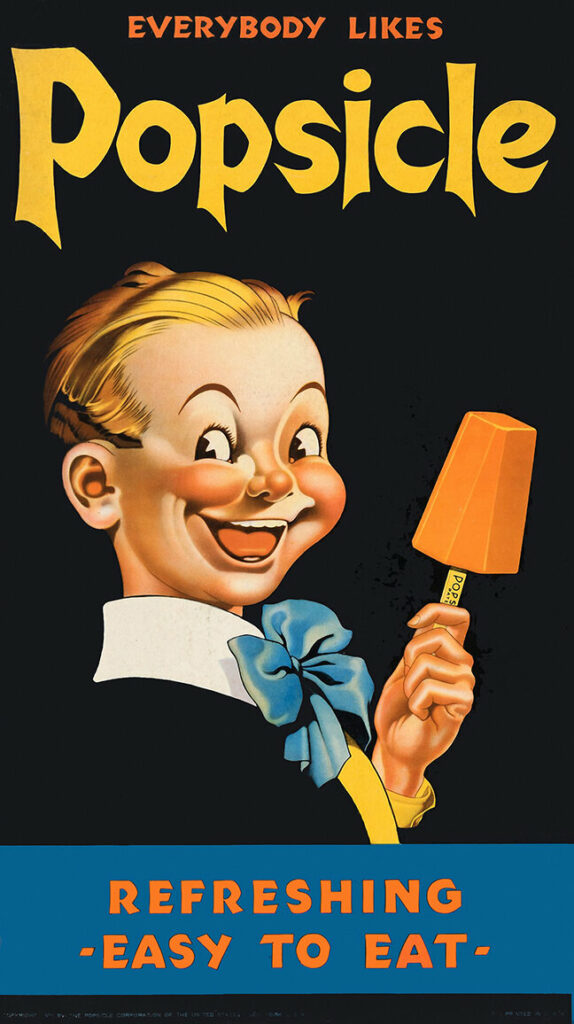
20 Words that Trigger Strong Emotions: Examples and Usage
21. Urgent: It tells you to act now or miss out. It creates a sense of immediacy that’s hard to ignore, making you feel like you have to do something right away.
22. Rare: This word is like finding a diamond in the rough. It makes whatever you’re offering seem scarce, and therefore, more valuable. It’s not just another product; it’s a rare opportunity.
23. Bold: This word speaks to the adventurer in you. It’s not for the faint-hearted; it’s for those who want to stand out and make a statement. It’s a call to be daring and audacious.
24. Revolutionary: This isn’t just another change; it’s a revolution. This word promises a seismic shift, something that will turn the tables and set a new standard.
25. Irresistible: This word is the chocolate cake of trigger words. You know you shouldn’t, but you want to. It’s tempting, alluring, and hard to say no to.
26. Critical
27. Important
28. Necessary
29. Vital
30. Crucial
31. Key
32. Significant
33. Essential
34. Required
35. Needed
36. Compulsory
37. Mandatory
38. Immediate
39. Pressing
40. Serious
21 Trigger Words to Evoke Surprise, Trust, Growth, and Urgency
41. Surprising: This word piques your curiosity. It promises something unexpected, making you want to find out more.
42. Trustworthy: This word builds credibility. When you see it, you feel more confident in taking the next step, whether it’s a click or a purchase.
43. Grow: This word taps into your desire for improvement. It’s about not staying stagnant, about moving up and forward.
44. Urgency: This word creates a time-sensitive atmosphere. It makes you feel like you need to act quickly to benefit from what’s being offered.
45. Innovative: This word promises something new and different.
46. Transformative
47. Authentic
48. Reliable
49. Efficient
50. Dynamic
51. Engaging
52. Valuable
53. Insightful
54. Practical
55. Rewarding
56. Refreshing
57. Satisfying
58. Empowering
59. Reassuring
60. Invigorating
61. Redeem
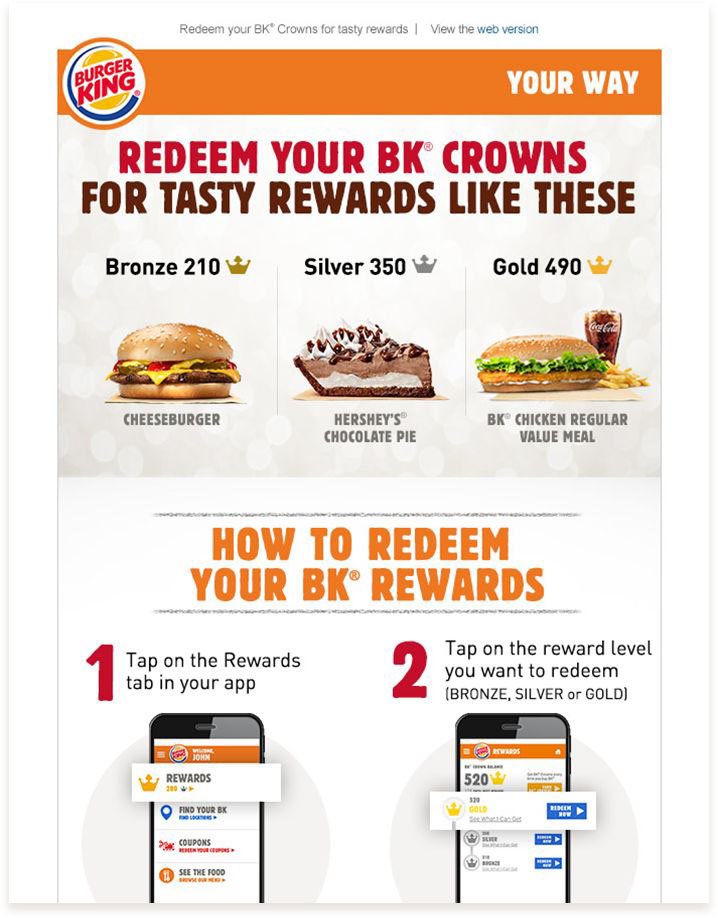
Practical Applications: How to Use Trigger Words Effectively
So you’ve got a list of trigger words. Great. But knowing the words and using them well are two different things. Let’s talk about how to put them to work.
Emotional Triggers in Popups and CTAs
Popups and CTAs are crucial. A well-placed trigger word can make all the difference. Use words like “Exclusive” or “Limited Time” to grab attention. But make sure the word fits with what you’re offering.
It’s not just about adding a catchy word; it’s about making the message stronger.
Crafting Headlines with Powerful Emotional Words
Headlines are the first thing people see, and you want them to stick around, right? Using trigger words in your headlines can make people stop scrolling and start reading. Words like “Unlock” or “Secret” can pique curiosity. But don’t go overboard; keep it relevant to the content.
Using Trigger Words to Boost Email Marketing Campaigns
Emails are a big deal. You’re asking for someone’s time when you send an email. Trigger words can help get your email opened and read. An email subject like “Unlock Your Exclusive Offer” will make people curious.
You’re gonna want to know what’s inside. But again, the word has to align with what you’re actually offering. No clickbait, okay?
Leveraging Trigger Words in Cold Emails: A Game Changer
You’ve mastered the art of using trigger words in your pop-ups, CTAs, and headlines. But what about the wild west of cold emails? It’s a different landscape, and the same rules don’t necessarily apply.
While trigger words can be potent tools in other marketing channels, their impact in cold emails needs a more nuanced approach.
Why Trigger Words Matter in Cold Emails
Cold emails are a unique beast. You’re essentially a stranger walking into someone’s digital space uninvited. The trigger words that work wonders in a commercial email might not have the same charm here.
In cold emails, you’re not just aiming for opens; you’re striving for engagement and, ultimately, a reply.
Words that build trust and offer genuine value can be more effective than those that simply tease or excite.
Crafting Subject Lines That Get Opened
The subject line sets the stage. While “Exclusive” or “Unlock” might work in a commercial setting, in a cold email, you might want to go for words like “Solutions,” “Results,” or “Insights.” These words offer value and are less likely to trigger spam filters.
And let’s be clear: the subject line must align with the content. No bait and switch allowed.
The Body Content: Keeping the Reader Engaged
So, they’ve opened your email. Your next challenge is to keep them reading. In a cold email, trigger words like “Proven,” “Strategies,” or “Effective” can guide the reader through your message and keep them engaged.
These words suggest that what you’re offering has substance, making the reader more likely to take the next step.
The Call-to-Action: Making It Irresistible
You’ve got their attention; now it’s time to drive it home. In a cold email, your CTA should be as straightforward as possible.
Words like “Find Out How,” “See the Results,” or “Get the Guide” can be more effective than overly promotional phrases. They offer a clear next step, giving the reader a reason to click without feeling pressured.
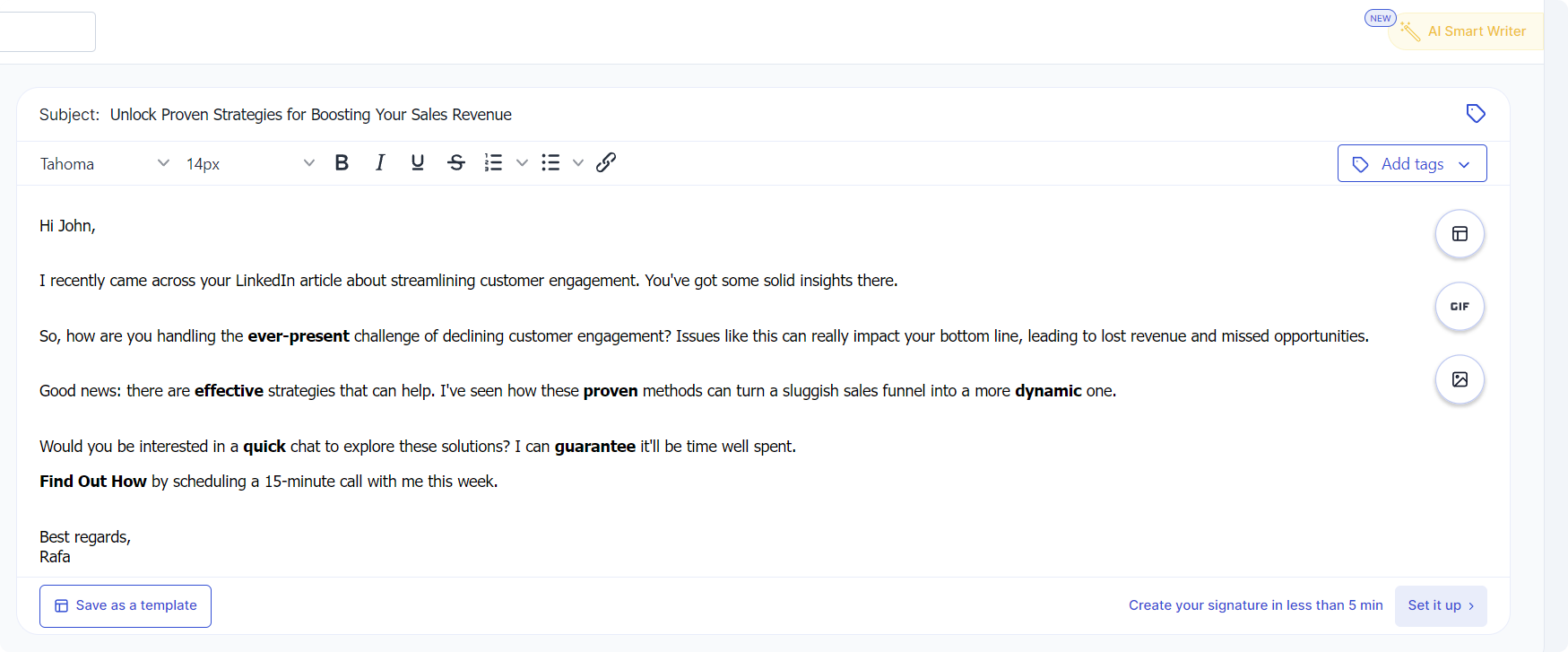
Psst… If you are looking for a tool that allows you to send cold emailing campaigns, you can try FindThatLead for free here!
Avoiding the Pitfalls: When and How to Use Trigger Words Moderately
So, you’re armed with a list of trigger words, and you’re ready to conquer the world. Hold on a sec. Using these words is powerful, but there’s a fine line between effective and excessive. Let’s get into it.
The Risk of Overusing Trigger Words
Going all-in with trigger words can backfire. If every sentence screams “Urgent!” or “Exclusive!”, you’ll lose credibility. People will catch on, and you’ll sound like a broken record. Moderation is key.
Striking a Balance: Emotional Impact vs. Genuine Content
You want to evoke emotion, but you also want to deliver real value. It’s a balancing act. Use trigger words to enhance your message, not to replace solid content. Your audience is smart; they’ll know if you’re just fluffing things up.
Frequently Asked Questions About Trigger Words
You’ve got questions, we’ve got answers. Trigger words are a hot topic, and it’s natural to have some queries.
How Can Trigger Words Improve Conversion Rates?
You’re in this for results, right? Trigger words can boost your conversion rates by making your message more compelling. They act like a magnet, pulling people toward that “Buy” or “Subscribe” button. But remember, it’s not just the word; it’s how you use it.
What’s the Difference Between a Trigger Word and a Power Word?
You’ve probably heard both terms thrown around in marketing circles, and while they might seem interchangeable, they serve different purposes.
Trigger Words: Emotional Connectors
Trigger words are designed to tap into the reader’s emotions. They aim to elicit a specific feeling, be it curiosity, urgency, or excitement. For example, words like “Unlock,” “Exclusive,” and “Limited” are trigger words because they evoke a sense of curiosity or urgency.
Power Words: Action Drivers
On the other hand, power words are engineered to provoke action. They’re the words that make you want to do something right now. Words like “Buy,” “Subscribe,” or “Get Started” are power words. They don’t just make you feel; they make you act.
Examples in Action
Let’s say you’re crafting an email subject line for a sales promotion.
Using a trigger word like “Exclusive” can pique the reader’s interest, making them want to learn more. Pair that with a power word like “Buy,” and you’ve got a compelling call to action: “Exclusive Offer: Buy Now and Save 20%.”
How to Incorporate Trigger Words in Content without Appearing Manipulative?
Nobody likes feeling manipulated. The key is to use trigger words authentically. Make sure they align with your message and your brand. If you’re promising something “Exclusive,” it better be exclusive. Transparency is your best friend here.

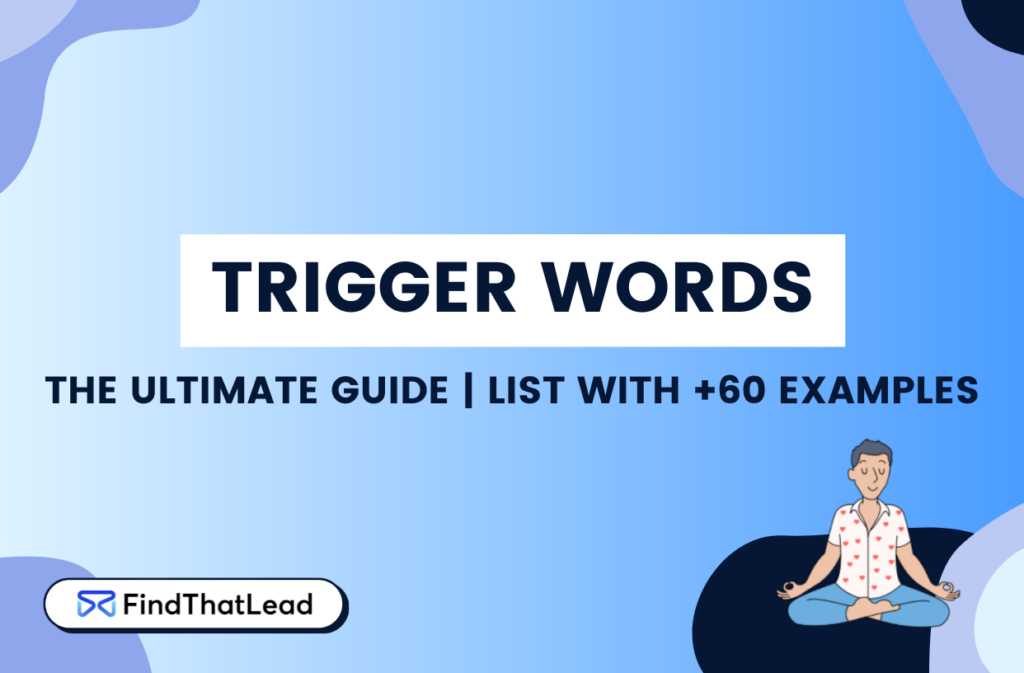


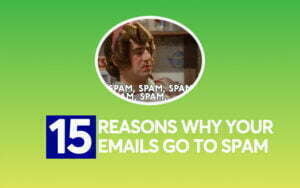
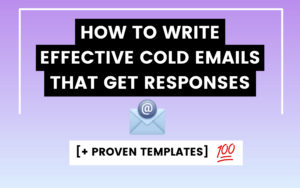

 BONUS:
BONUS: The Challenge: Join this free course and I guarantee that after 5 days you will have the necessary skills to start generating B2B clients Growth Hacking and Prospecting techniques.
The Challenge: Join this free course and I guarantee that after 5 days you will have the necessary skills to start generating B2B clients Growth Hacking and Prospecting techniques.